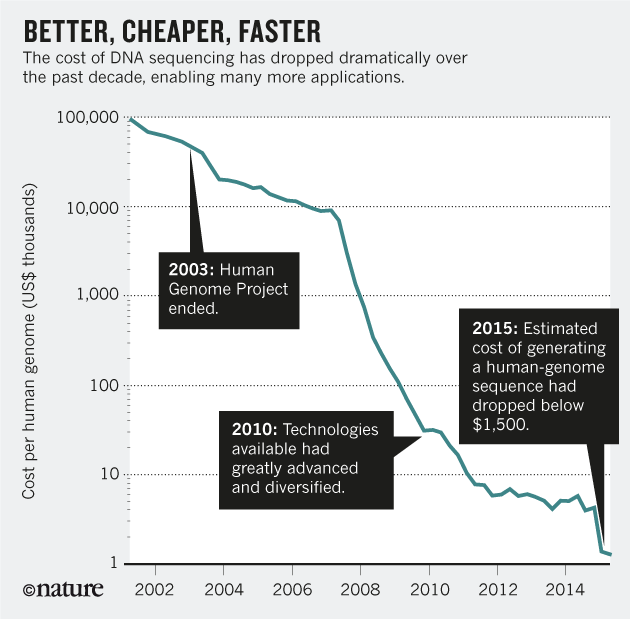Last week while reading Science I noticed a short and crucial article. Up to now CRISPR technology was focused on gene editing, now we can say that its usefulness is widening into diagnostics. It may change completely molecular diagnostics of "infectious diseases through detection of Zika virus (ZIKV), Dengue virus (DENV), and human papillomavirus (HPV) in human samples, and noninfectious diseases, such as detection of gene mutations in circulating cell-free DNA from lung cancer patients." The production founction of lab testing would change completely.
Several articles explain details about it. The fight for patents is going to start again on CRISPR diagnostics. And this are unfortunately bad news.
Anyway, Science article reminds us:
These emerging diagnostic tools will by necessity be compared to standard diagnostics to ensure sensitivity and specificity and will need to be field-tested to guarantee performance in patient care settings, as environmental conditions and end-user application might affect performance. Proven assays, if affordable, promise to improve care in resource-limited settings where undifferentiated febrile illness is the norm and where gaps or delays in diagnosis, targeted care, and infection control contribute to infectious disease mortality and spread.More details in The Verge.







